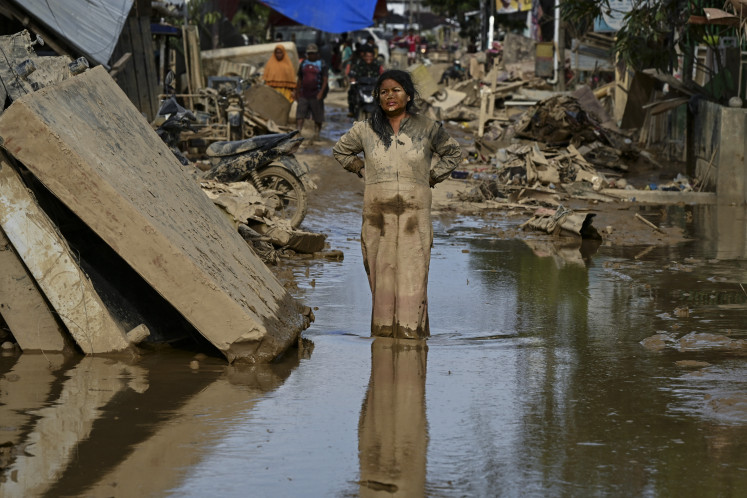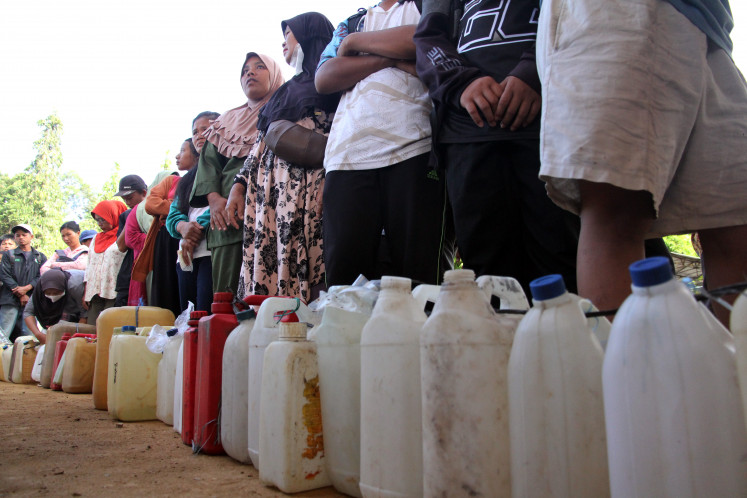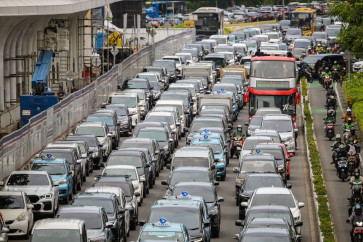Popular Reads
Top Results
Can't find what you're looking for?
View all search resultsPopular Reads
Top Results
Can't find what you're looking for?
View all search resultsLivability-oriented development: how Indonesia can build livable cities
The World Bank's findings reveal that a 1 percent increase in the share of the population living in urban areas in Indonesia is only linked to a 1 percent rise in per capita income, significantly below the global average of 4 percent.
Change text size
Gift Premium Articles
to Anyone
I
ndonesia has undergone rapid urbanization in the past few decades. As of 2020, over 55 percent of the country’s population resides in urban areas. This significant shift toward urban living is driven by strong agglomeration forces that push people to metropolitan areas.
These metropolitan areas are defined as clusters of densely populated grid cells that are easily accessible within a reasonable travel time from a central "core" city. In this context, a core city is one with a population exceeding 50,000, and its surrounding areas can typically reach the core city within approximately one hour.
While urbanized areas undoubtedly face many challenges, including traffic congestion and makeshift residential areas, it is important to note that higher levels of urbanization are associated with increased economic prosperity.
According to research findings from the World Bank, a 1 percent increase in urbanization can boost per capita gross domestic product (GDP) by 4 percent and reduce poverty by nearly 1 percent.
Urban development, when executed thoughtfully, can yield positive outcomes. Efficient land utilization for both office and residential purposes, in conjunction with well-conceived and seamlessly integrated mass transit systems, has the potential to significantly enhance productivity.
Nevertheless, urban Indonesia operates at a suboptimal level. The World Bank's findings reveal that a 1 percent increase in the share of the population living in urban areas is only linked to a 1 percent rise in per capita income, which falls significantly below the global average of 4 percent.
From 1996 to 2016, each increase of 1 percent in the urban population share in Indonesia was associated with a modest 1.4 percent increase in annual per capita income. In contrast, during the same period, China experienced a remarkable 3 percent annual increase, while other developing East Asian and Pacific countries enjoyed a robust 2.7 percent annual income growth.








![Volunteers ready packages of relief aid for flood-affected areas on [DATE], at the Sidoarjo Disaster Mitigation Agency in East Java.](https://img.jakpost.net/c/2025/12/06/2025_12_06_169905_1764954727._medium.jpg)










